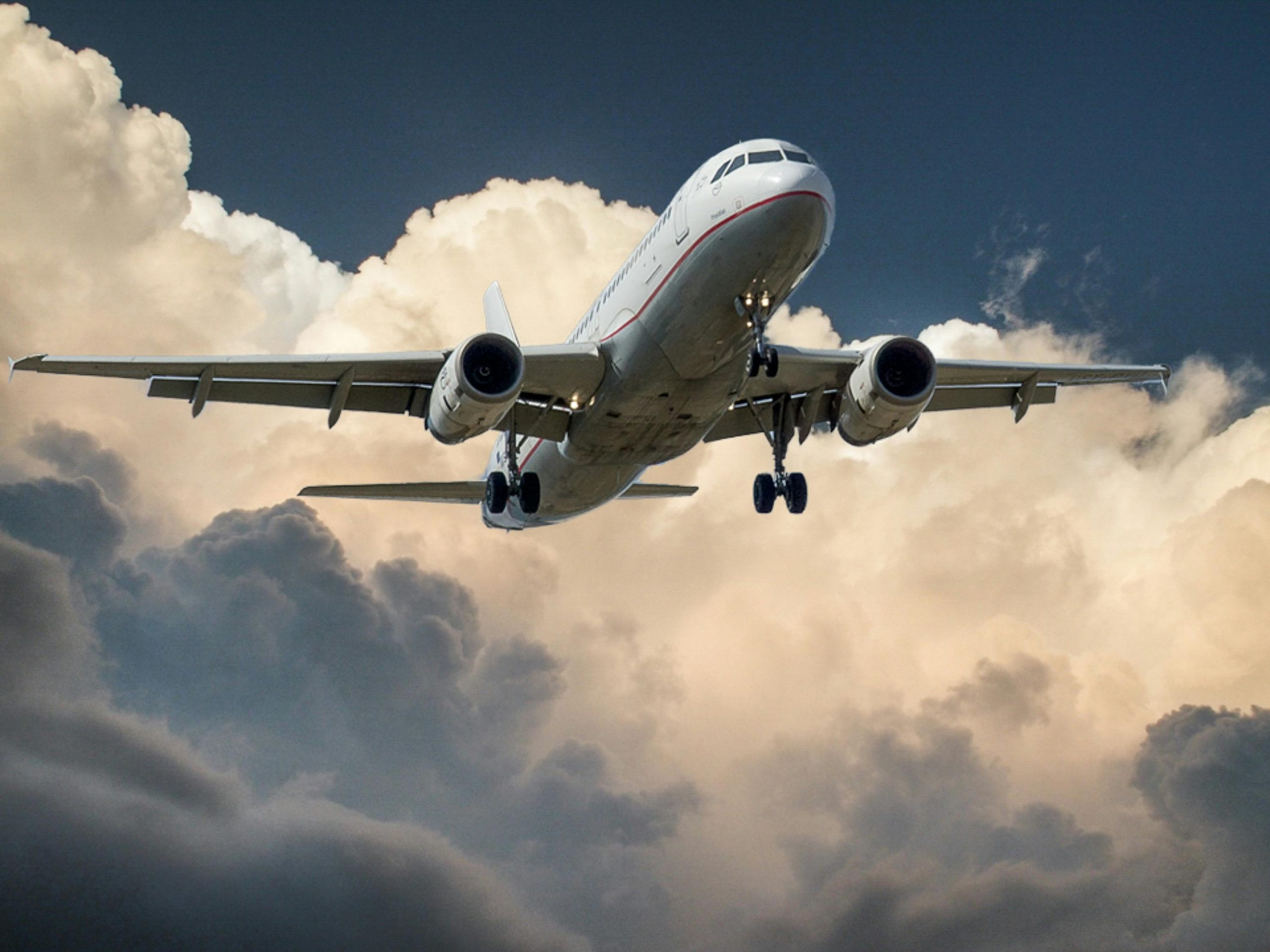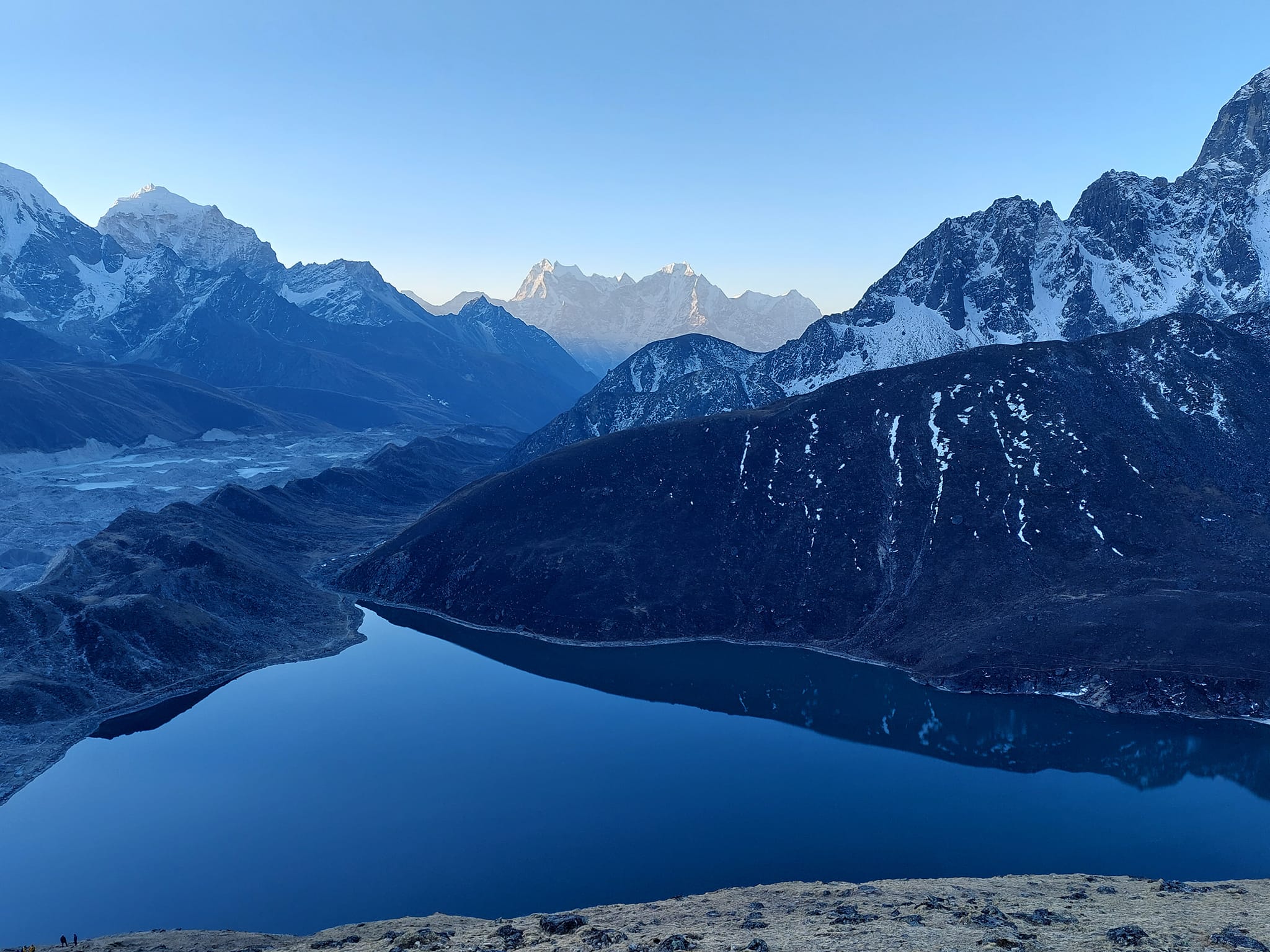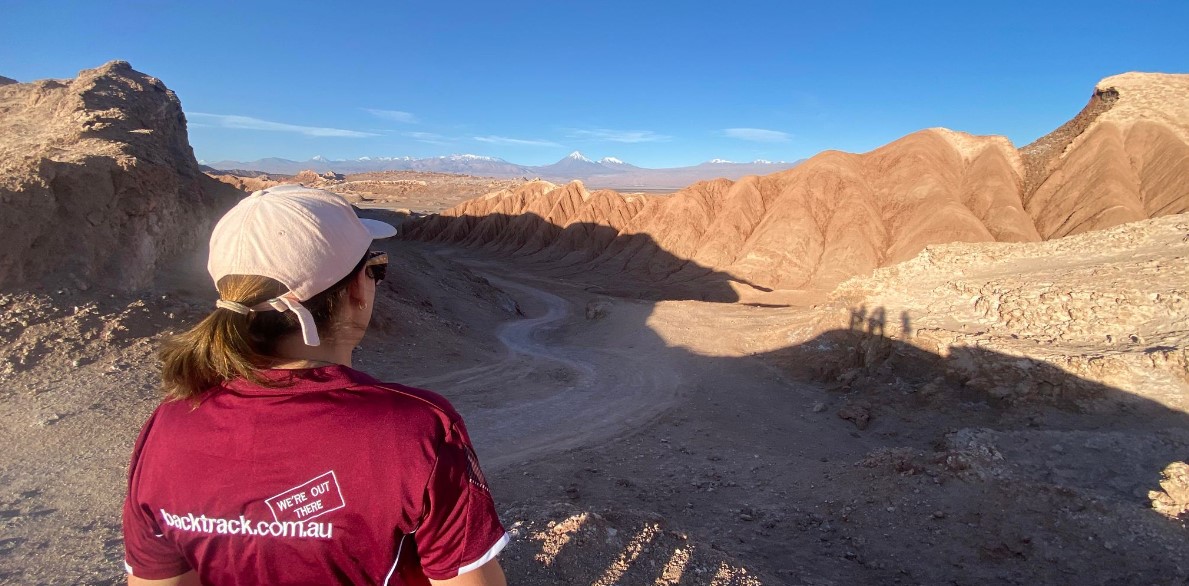Ray Baker has recently completed two Himalayan Treks, one in Nepal and one in Sikkim, India. Here, he reflects on both treks – how they are similar and how they are different.

They were the best of times, they were my two most recent Himalayan treks, one in Nepal and the other in Sikkim. They both give tremendous views of the third highest mountain on earth, Kanchenjunga, 8586m (pictured above). Kanchenjunga is situated in the far east of Nepal where the borders of Tibet, Sikkim and Nepal meet. This Himalayan giant was first climbed by a British expedition in 1955 and remains a formidable challenge for mountaineers.
The Kanchenjunga Base Camp trek in Nepal is, compared to the more popular destinations of Everest and Annapurna, rarely visited by trekkers due to its remoteness, difficulty of access and limited infrastructure to support large-scale trekking. In October 2017 I escorted a trekking group to ‘Kanchie’ for my sixth visit there since 1988, when this region was first opened to trekkers. I wasn’t disappointed; little has changed over the years. While Everest and Annapurna welcome more than of fifty thousand trekkers per year, barely two thousand do the trek to Kanchenjunga Base Camp. Besides the stupendous, close-up mountain views, the trek passes through delightful alpine forests of rhododendron, larch and juniper. It is these components that earned this trek the title of ‘The Most Beautiful Walk in the World’.
In April 2018, I led my first trek in Sikkim, the smallest State of India, buttressed by Nepal and Bhutan with Tibet on its northern border. We attempted two treks; the first, the Kanchenjunga Rhododendron trek took us up the Singalila Ridge which follows the border between Nepal and Sikkim. Unfortunately, this gentle meander ended after only two days when we were nearly blasted off the ridge in a storm that visited fierce, horizontal hail upon us. Unfortunately, a heavy dump of snow that night blocked the way ahead. Thus, after we began the second trek to Goecha La to view the Southeast face of Kanchenjunga, we retreated and embarked on a three-day cross-country epic along remote, rough trails. After regaining the trail to Goecha La, we made our way over high ridges, through dense forests and up to a high-altitude viewpoint to witness dawn breaking over Kanchenjunga and nearby Himalayan giants…a mesmerising moment!
So, how do these to treks compare?
Both are high altitude Himalayan adventures in a region separated only by a National border. Sikkim is definitely the more rugged of the two treks with multiple ascents to ridge tops and descents to deep river valleys. The Nepal trek basically follows the course of a river valley to the highest point. I did the Nepal trek in the autumn after the monsoon with clear skies and paddy fields, ripe with ready-to-be-harvested crops of rice and millet. I did the Sikkim trek in Spring which featured the rhododendrons in full bloom; a major highlight!
Which one gives the best views?
How long is a piece of string? Beauty is in the eye of the beholder. The Nepal trek gets you deep amid and closer to the mountains. Arriving at Base Camp around mid-morning, you get to view the dramatic North Face of Kanchenjunga plus other snow and ice-clad behemoths. With the Sikkim trek, you leave high camp around 2am and reach the viewpoint just as the eastern sun rises above the horizon and bathes the peaks in a yellow-golden glow…an awe-inspiring occasion.
Which one is easier?
Neither are easy and both require a high level of endurance to enjoy the experience. The Nepal trek is longer; twenty days versus thirteen days for Sikkim. So, in terms of endurance, you’ll need more of it for Nepal.
What about the differences between trekking in Nepal and Sikkim?

In the more popular trekking areas of Nepal, porters are used to carry trekker’s baggage plus camp supplies and equipment. In Sikkim, ponies carry the loads. Apart from porterage, the support crews were identical; a head guide, assistant guides, a cook and kitchen crew. The Nepal trek spent only three nights camping and the remainder used basic lodge accommodation. The quality of those differed depending on the location. In Sikkim, we camped every night. A significant difference was the food. As Sikkim is shorter in duration, with reduced supply lines and villages selling a wider range of foodstuffs, the food provided there was more varied and better quality than can be provided on the Nepal trek. The meals in Nepal were far from disappointing and some of them were outstanding which says much about the lofty standard of meals in Sikkim.
Due to kick off in August 2019, Ray’s next trek is in the Indian Himalaya. Happily venturing far from the crowds, this trek goes remote and out there! Find out more by clicking here.
Otherwise, you can tackle Everest Base Camp and Gokyo Lakes, departing 11 November. Check them out here.






